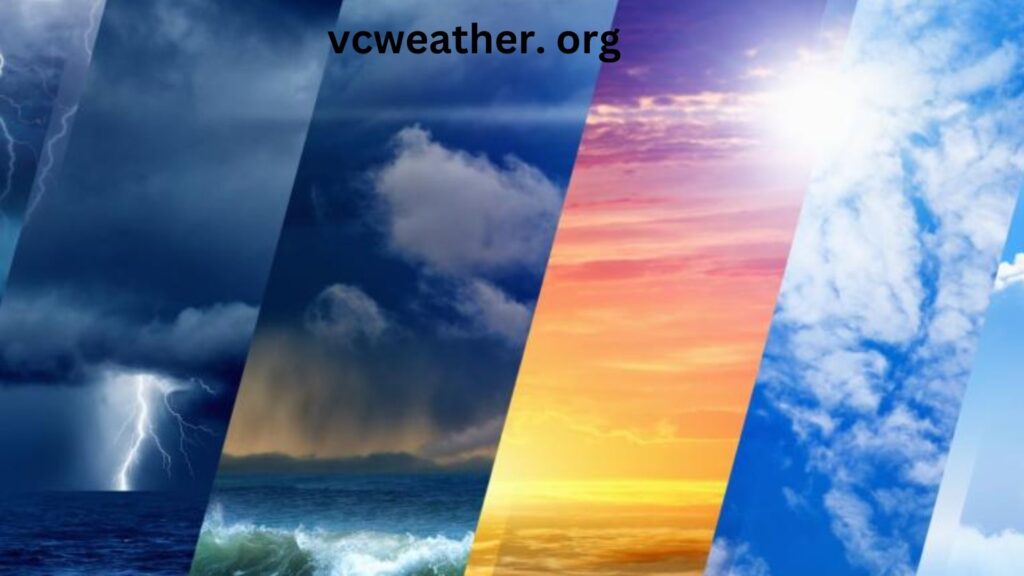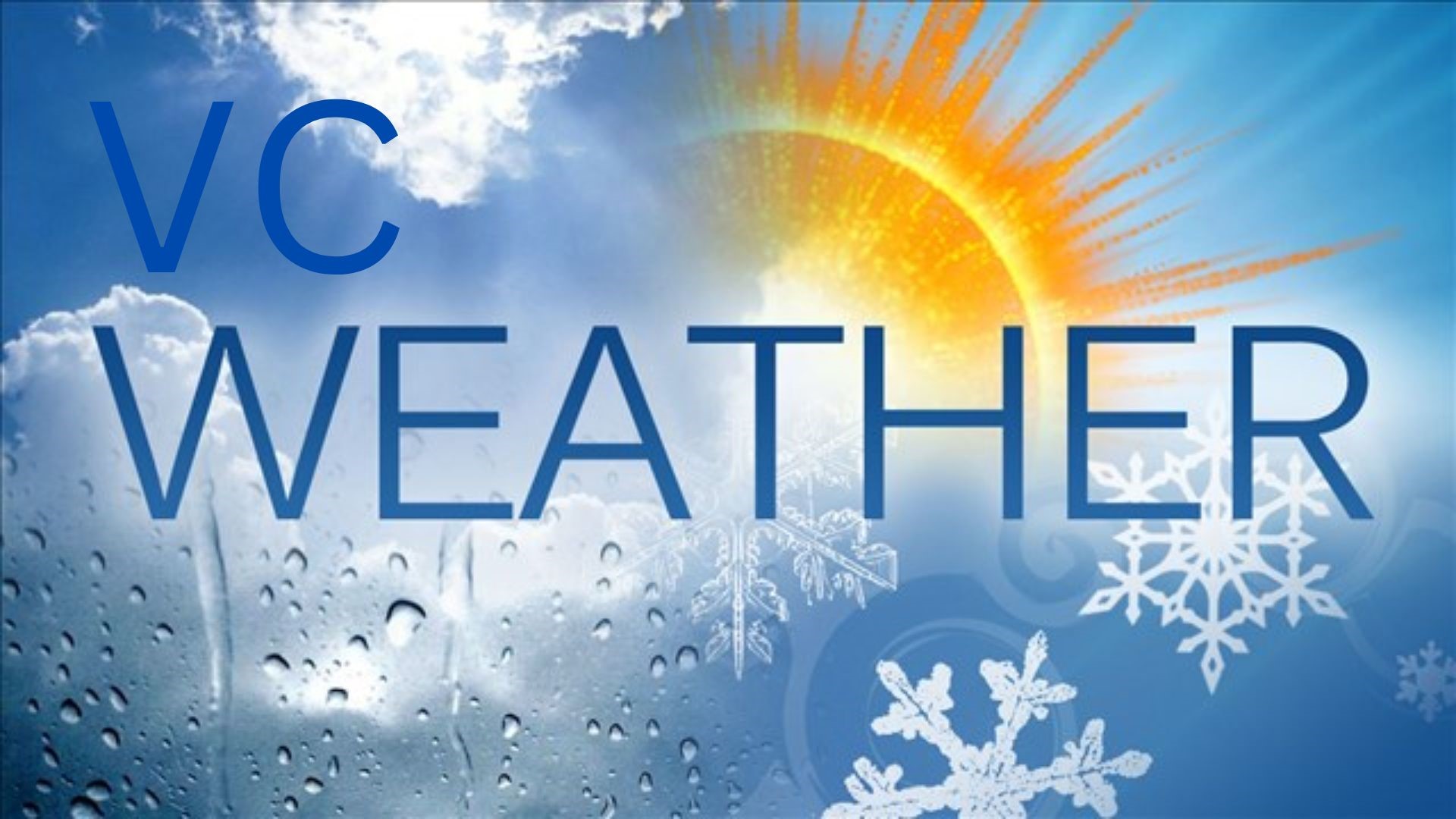Introduction
Weather forecasting plays an essential role in our daily lives, affecting everything from agriculture to business operations, and even influencing decisions on leisure activities. The accuracy of weather predictions is paramount, as even the slightest misstep can lead to disruptions, whether in flight schedules, crop planting, or emergency preparedness. Traditional weather forecasting methods, while reliable, have limitations in their ability to provide real-time data and localized predictions. This is where the new wave of artificial intelligence (AI)-powered weather platforms, like VCWeather.org, step in.
VCWeather. org is an innovative platform that leverages artificial intelligence (AI) and machine learning to deliver highly accurate, real-time weather predictions. This next-generation approach to weather forecasting promises faster, more reliable, and hyper-localized forecasts that can better equip individuals, businesses, and governments to respond to changing weather conditions. In this article, we will explore the technology behind VCWeather. org, its benefits, challenges, and its potential to transform the weather forecasting landscape.
What is VCWeather.org?
VCWeather. org is a revolutionary weather forecasting platform that uses artificial intelligence (AI) to deliver precise weather predictions. Unlike traditional weather forecasting models, which rely heavily on historical data and statistical methods, VCWeather. org uses a cutting-edge AI system to process and analyze vast amounts of real-time data from various sources, such as satellite imagery, weather stations, sensors, and user-generated reports.
The main innovation of VCWeather. org lies in its ability to predict weather patterns not just based on historical data, but by integrating AI algorithms that constantly adapt to new inputs. This dynamic system allows for highly accurate and up-to-date forecasts that are more precise and personalized compared to traditional models. Whether you’re a farmer planning for harvest, a traveler preparing for a trip, or a business that depends on weather data, VCWeather. org provides actionable and timely insights.
The Role of Artificial Intelligence in VCWeather. org
1. Data Collection: The Backbone of Weather Forecasting
VCWeather.org’s AI system relies on multiple data sources to provide accurate weather predictions. These data streams are vast and varied, ensuring that the platform has access to real-time, comprehensive information about the atmosphere.
- Satellite Images and Remote Sensing Data: Satellites provide a bird’s-eye view of weather systems across the globe, offering real-time images of cloud cover, atmospheric pressure, and storm development. These images help VCWeather. org track and predict significant weather events, such as hurricanes, typhoons, and thunderstorms.
- Ground-Based Sensors: Weather stations around the world continuously monitor local conditions, such as temperature, humidity, wind speed, and barometric pressure. These sensors feed data into VCWeather. org’s system, which is then processed by AI algorithms to produce hyper-local forecasts.
- Crowdsourced Weather Reports: In addition to official weather data, VCWeather. org also uses user-generated weather reports. These reports come from individuals who share their observations, helping to fill in the gaps for areas that may be underserved by formal weather stations.
- Historical Data: By studying past weather patterns, VCWeather. org’s system can identify trends and correlations that help refine its forecasts. For example, the system can analyze how certain weather events have developed in the past, improving the accuracy of predictions for similar situations.
2. Machine Learning: Continuous Adaptation and Improvement
Machine learning is the core of VCWeather. org’s ability to improve its forecasting accuracy over time. Unlike traditional methods that require manual updates and recalculations, machine learning algorithms continuously adjust and refine predictions based on newly received data.
For example, if a forecast predicts light rain for a region but satellite data shows the development of a storm, the system will immediately update its prediction. By learning from real-time data, VCWeather.org’s AI improves its predictions for future events, ensuring that the system is constantly becoming more accurate.
Through supervised learning, the system can be trained to recognize certain weather patterns (e.g., the development of a thunderstorm) based on a historical dataset. As more data is collected and processed, the system refines its model, increasing the precision of its predictions. This allows VCWeather. org to deliver forecasts that are more accurate and up-to-date than traditional methods.
3. Neural Networks and Deep Learning
VCWeather. org employs neural networks—a type of machine learning model inspired by the human brain’s architecture—to analyze weather data. These networks excel in processing complex, nonlinear patterns in large datasets, such as atmospheric conditions, temperature fluctuations, and the interaction between various weather systems.
Deep learning, a subset of machine learning, is used to create more sophisticated neural networks. These deep neural networks allow VCWeather. org to analyze more detailed layers of weather data and uncover hidden relationships that may not be immediately obvious. For example, deep learning can help the system predict the potential for severe weather events, such as tornadoes or flash floods, by recognizing subtle patterns that traditional models might miss.
Benefits of VCWeather.org
VCWeather. org’s use of artificial intelligence and machine learning offers several distinct advantages over traditional weather forecasting methods.
1. Improved Accuracy and Precision
The accuracy of weather forecasts is one of the most significant benefits of VCWeather. org. By using AI, the system is able to analyze real-time data at a speed and scale that human forecasters cannot match. This allows VCWeather.org to provide highly accurate weather predictions for specific regions and time frames. In fact, the AI system can generate forecasts that are more precise than those produced by traditional meteorological models.
The platform also continuously refines its forecasts based on new data, making it highly adaptable to sudden changes in weather patterns. For example, if a storm rapidly intensifies, VCWeather. org’s AI system can quickly detect the change and update its predictions, providing users with more accurate information.
2. Real-Time Weather Updates
One of the greatest challenges of weather forecasting is the need to provide updates as conditions change. Traditional forecasting methods may rely on fixed schedules for updating predictions, leading to delays in providing new information.
VCWeather. org, on the other hand, provides real-time updates. Its AI system continuously processes new data, ensuring that users have the most current information available. This can be especially valuable in cases of fast-changing weather, such as severe storms or hurricanes, where the timing of updates can be critical.
3. Localized Forecasts
Traditional weather forecasting methods often rely on large-scale data points and may not provide the level of detail needed for specific regions or areas. VCWeather. org addresses this issue by offering localized forecasts that cater to specific user needs.
For example, a farmer can receive weather predictions tailored to their field’s precise location, helping them make informed decisions about planting, irrigation, or harvesting. Similarly, travelers can receive detailed forecasts for their destination city or region, ensuring they are prepared for any weather conditions during their trip.
4. Personalized Alerts and Notifications
VCWeather. org allows users to set up personalized alerts based on their preferences. Whether it’s an alert for an incoming storm, sudden temperature drops, or high winds, users can configure notifications to receive timely updates for their specific needs.
These alerts can be sent via mobile apps, email, or SMS, ensuring that users are always in the loop, regardless of where they are. The personalization aspect of VCWeather. org helps ensure that people only receive relevant weather information, reducing the noise from unnecessary updates.
5. Cost-Effective for Businesses
VCWeather. org offers a cost-effective solution for businesses that rely on accurate weather information, such as shipping companies, construction firms, and event organizers. The platform automates much of the forecasting process, reducing the need for dedicated meteorologists and weather analysts. This can help businesses save money while still receiving highly accurate and timely forecasts.

Challenges and Limitations of VCWeather. org
While VCWeather.org offers numerous advantages, there are also challenges and limitations to its system. Weather forecasting is inherently complex, and even the most advanced AI systems have their constraints.
1. Data Dependency and Quality
The accuracy of VCWeather. org’s forecasts is heavily dependent on the quality and completeness of the data it receives. If the data being fed into the system is incomplete or of low quality, the predictions may be inaccurate.
For example, if there is a gap in weather station coverage in a particular area, the AI system may not have access to sufficient data to make an accurate forecast. Similarly, if satellite data is corrupted or outdated, the predictions based on that data could be flawed.
2. The Complexity of Weather Systems
Weather is a dynamic and highly complex system that is difficult to predict with absolute certainty. Factors like air pressure, wind currents, and the temperature of the oceans all play a role in shaping the weather, and small changes in any of these variables can lead to significant shifts in weather patterns. While AI can analyze large amounts of data quickly, it is still not able to account for every single variable, especially in extreme or unprecedented weather events.
3. Adapting to Climate Change
As climate change accelerates, weather patterns are becoming more unpredictable and extreme. This poses a challenge for any weather forecasting system, as traditional models struggle to adapt to changing environmental conditions. VCWeather. org’s AI system must continuously adjust to new data and recalibrate its models to keep up with these changes.
The Future of VCWeather.org
As technology continues to advance, VCWeather. org’s potential for transformation will only grow. Some potential future developments include:
1. Integration with Drones and IoT Devices
Future iterations of VCWeather. org may incorporate data from drones and Internet of Things (IoT) devices, such as smart weather stations and connected sensors. Drones, for example, can provide real-time weather observations from difficult-to-reach areas, such as the ocean or mountain regions, helping improve the accuracy of forecasts in remote locations.
2. AI-Driven Long-Term Forecasting
While VCWeather. org currently focuses on short- to medium-term weather predictions, it could expand its scope to include long-term forecasting using AI models. With the right data, AI systems could potentially predict weather patterns months in advance, allowing for better planning in industries like agriculture, construction, and tourism.
3. Global Expansion
Currently, VCWeather. org focuses on specific regions, but as the platform grows, it may expand to provide global forecasts. This would require building partnerships with local weather stations and incorporating global data sources, but it could revolutionize weather forecasting worldwide.
Conclusion
VCWeather.org is a groundbreaking platform that harnesses the power of artificial intelligence to deliver accurate, real-time, and hyper-localized weather forecasts. Its use of machine learning, neural networks, and continuous data analysis offers many advantages over traditional weather forecasting methods, including improved accuracy, real-time updates, and personalized alerts. As the technology continues to evolve, VCWeather. org has the potential to revolutionize the way we understand and respond to the weather, making it a crucial tool for individuals, businesses, and governments around the world.
